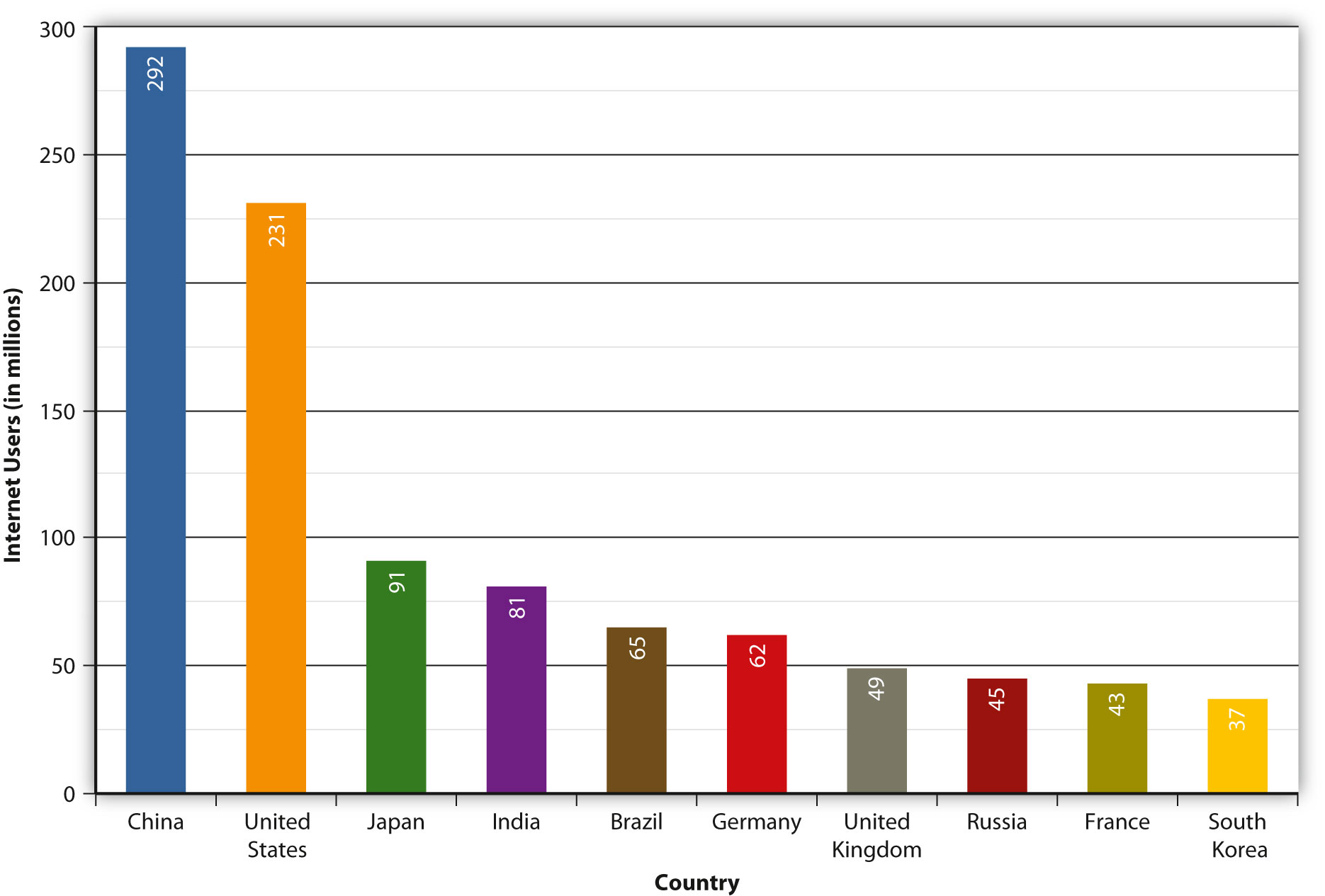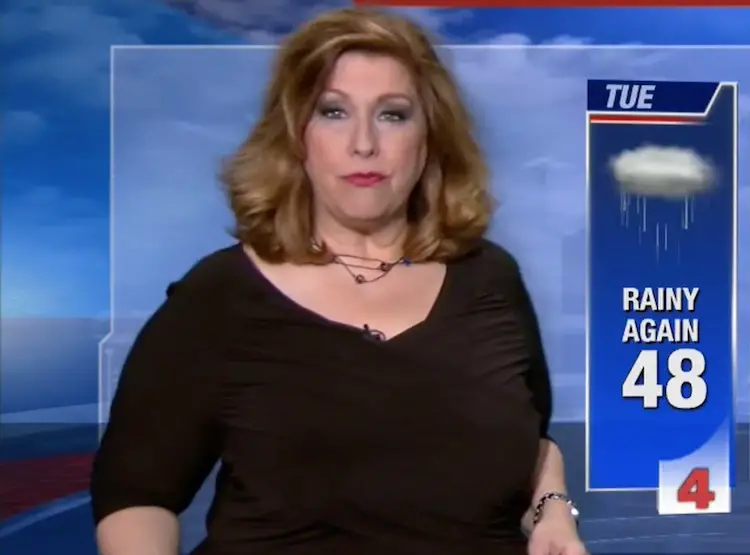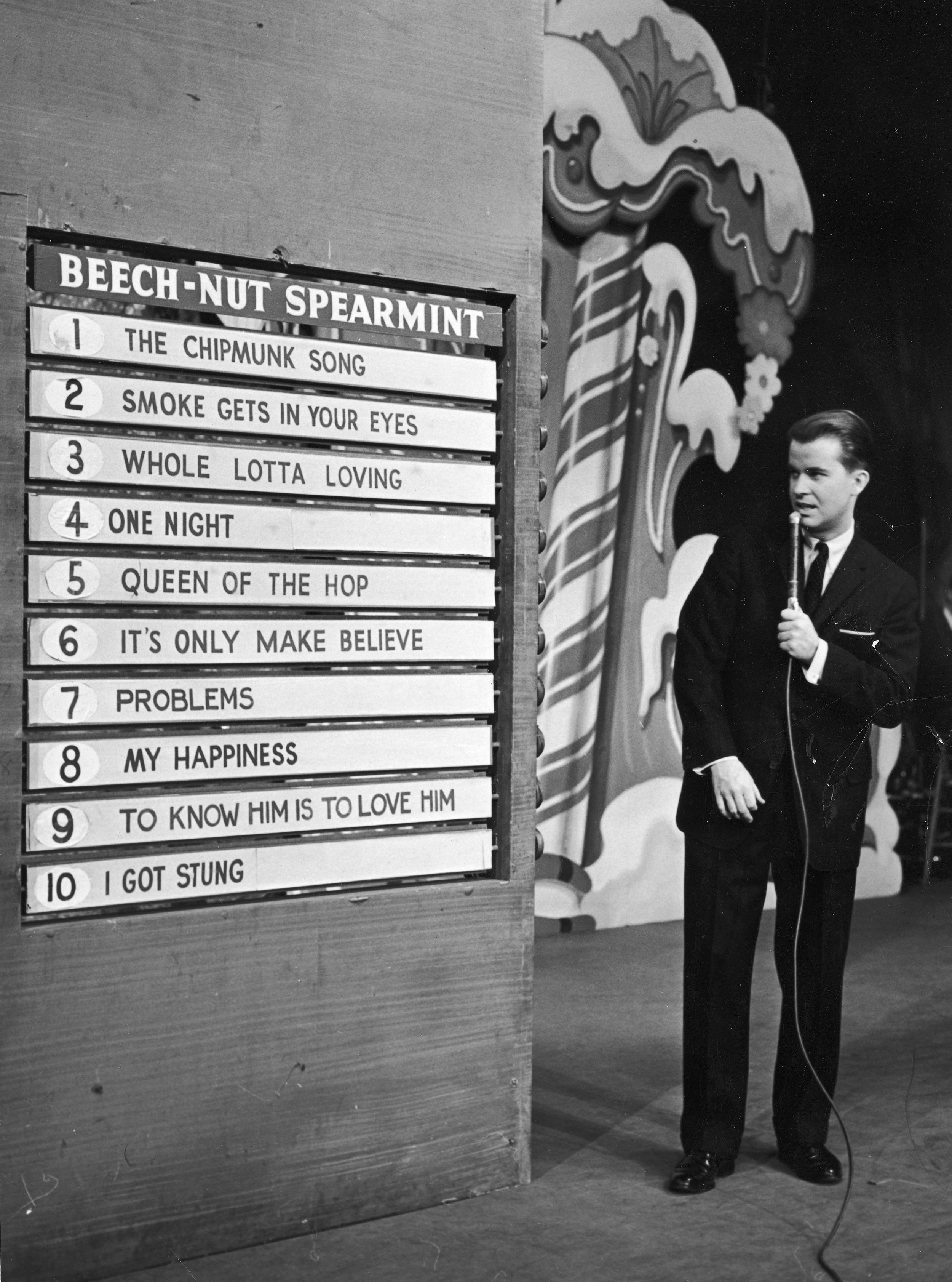Mass media is communication that is to a large group, or groups, of people in a short time (Mass Media, 2013, p. This can be written, spoken or broadcast communication. Some of the most popular forms of mass media are newspapers, magazines, radio, advertisements, social. Mass Communication, Mass Media, and Culture. We use all kinds of terms to talk about media. It will be useful to clarify them. It will be especially important to distinguish between mass communication and mass media, and to attempt a working definition of culture. Schramms Model of Mass Communication Source: From The Process and Eects of Mass Communication by Wilbur Lang Schramm, 1954. Reprinted by permission of Wilbur Schramms heirs. This is the table of contents for the book Mass Communication, Media, and Culture (v. For more details on it (including licensing), click here. Introduction to Mass Communication: Media Literacy and Culture by Baran, Stanley See more like this Media and Culture: An Introduction to Mass Communication by Bettina Fabos, Ric PreOwned Understanding Media and Culture: An Introduction to Mass Communication. Licensing Information; Chapter 1: Media and Culture. Chapter Introduction; Intersection of American Media and Culture; Mass Media and Popular Culture; Media Literacy; Chapter 2: Media Effects. This course offers students a broad overview of the mass media with a particular focus on how these media impact our everyday lives. Students will learn about the historical contexts of media production and how economic forces, labor practices, government regulations. media and culture: an introduction to mass communication (pdf) by richard campbell (ebook) The# 1 introduction to mass communication, Media Culture goes beyond the basic facts and presents students with a critical and cultural perspective on the media. A unique fivestep process Introduction to Mass Communication: Media Literacy and Culture encourages students to be active media consumers and gives them a deeper understanding of the role that the media play in both shaping and reflecting culture. Media and Culture offers a comprehensive and contemporary overview of the history, structure, and impact of media in American society. The text stresses critical thinking, explores the links between media and our conceptions of democracy, and provides resources for more indepth researchaction. Social Media is a large contributor to the change from mass media to a new paradigm because through social media what is mass communication and what is interpersonal communication is confused. Interpersonalniche communication is an exchange of information and information in a specific genre. Introduction to mass communication: media literacy and culture. [Stanley J Baran Chapter titles are Media and Culture, Media Effects, Books, Newspapers, Magazines, Music, Radio, Movies, Television, Electronic Games and Entertainment, The Internet and Social Media, Advertising and Public Relations, Economics of Mass Media, Ethics of Mass Introduction to Mass Communication: Media Literacy and Culture is an integrated program that encourages students to be active media consumers and gives them a deeper understanding of the role that the media play in both shaping and reflecting culture. Through this cultural perspective, students learn that audience members are as much a part of. Understanding Media and Culture: An Introduction to Mass Communication was written to squarely emphasize media technology. The author believes that an introduction to mass communication text should be a compelling, historical narrative sketching the ongoing evolution of media technology and how that technology shapes and is shaped by culture. The Decline of Significant Research on the Process and Effects of Mass Communication. Boston: College of Communication, Boston U, 1998. The title, Understanding Media and Culture: An Introduction to Mass Communication, situates the introductory text in a large, engrossing theoretical conversation. The goal is to adopt a textbook that will support and complement your teaching of this course. Media Culture: An Introduction to Mass Communication by Richard Campbell in DJVU, RTF, TXT download ebook. Welcome to our site, dear reader! All content included on our site, such as text, images, digital downloads and other, is the property of it's content suppliers and protected by US and international copyright laws. Introduction to Mass Communication: Media Literacy and Culture by Stanley Baran in DOC, FB3, RTF download ebook. Welcome to our site, dear reader! All content included on our site, such as text, images, digital downloads and other, is the property of it's content suppliers and protected by US and international copyright laws. Understanding Media and Culture: An Introduction to Mass Communication Co License: Understanding Media and Culture: An Introduction to Mass Media by Jack Lule is licensed under a Creative mmons Attribution NonCommercial ShareAlike Find it: eTextbook Website Textbook Authors. Model Question Introduction to Mass Communication. the important functions of newspapers. Define the process of communication. What is the relationship between media and culture? Briefly explain selective exposure. Assess the potential of radio as mass medium 35. Media Culture: Mass Communication in a Digital Age Paperback. Media Culture 2016 Update: Mass Communication in a Digital Age Paperback. This is a derivative of UNDERSTANDING MEDIA AND CULTURE: AN INTRODUCTION TO MASS COMMUNICATION by a publisher who has requested that they and the original author not receive attribution, which was originally released and is used under CC BYNCSA. Write down some of your initial responses or reactions. and culture shapes media in important ways. Chapter 1 Media and Culture KEY TAKEAWAYS Mass communication refers to a message transmitted to a large audience. and values that are particular to a group. Introduction to Mass Communication: Media Literacy and Culture Updated Edition Jan 13, 2014. LooseLeaf Version for Media Culture: An Introduction to Mass Communication Jan 12, 2017. by Richard Campbell and Christopher R. Mass Communication, Culture, and Media Literacy Media Literacy the ability to effectively and efficiently comprehend and use any form of mediated communication The ability to ACCESS, ANALYZE, EVALUATE and COMMUNICATE information in a variety of forms including print and nonprint messages. The# 1 introduction to mass communication, Media Culture goes beyond the basic facts and presents students with a critical and cultural perspective on the media. A unique fivestep process encourages media literacy and focuses on the reciprocal relationship between the mass media and our shared. INTRODUCTION TO MASS COMMUNICATION MASS COMMUNICATION COMPLEMENTARY COURSE FOR BA ENGLISH (2 011 Admn. Onwards) SEMESTER II In mass media, for example, news reporter is the sender or source as heshe constructs Introduction. Mass communication is the study of how people exchange their information through mass media to large segments of the population at the same time with an amazing speed. In other words, mass communication refers to the imparting and exchanging of information on a. Understanding Media and Culture: An Introduction to Mass Communication is a compelling, historical narrative sketching the ongoing evolution of media and technology. Todays students are immersed in mediaand while they expect new technology, they often lack the historical perspective. Study Media and Culture: An Introduction to Mass Communication discussion and chapter questions and find Media and Culture: An Introduction to Mass Communication study guide questions and answers. The purpose of this course, as governed by the textbook at its core, Understanding Media and Culture: An Introduction to Mass Communication, is to complete a fairly comprehensive examination of the evolution and impact of the media, primarily in the United States. Each of the major media (newspapers, magazines, books, radio, movies, music, and. Stanley Baran is the founding chair of the Department of Communication at Bryant University, where he teaches courses in mass communication and communication theory. His academic interests include critical research in mass communication, mass media and social construction of reality, as well as development and improvement of media literacy skills. This is where Media and Culture steps in. The eighth edition pulls back the curtain and shows students how the media really works, giving students the deeper insight and context they need to become informed media critics. Schramms Model of Mass Communication Source: From The Process and Effects of Mass Communicationby Wilbur Lang Schramm, 1954. Reprinted by permission of Wilbur Schramms heirs. The new edition of Media Culture: Mass Communication in a Digital Age enriches students' understanding of these experiences a skill that has become more important than ever. Media Culture starts with the digital world students know and then goes further, focusing on what these constant changes mean to them. Covering thorough Communication Studies themes, the author of Media Culture 11th Edition ( ) worked hard to design a conclusive publication on the subject matter of Language Arts Disciplines and Communication and related themes. 7 Mass Media and Popular Culture 1. 8 Media Literacy This is a derivative of Understanding Media and Culture: An Introduction to Mass Communication by a publisher who has requested that they and the original author not receive attribution, which was originally released and is used under CC BYNCSA. Mass Communication and Popular Culture Culture is comprised of shared behaviors, values, beliefs, and attitudes that are learned through socialization. As Brummett explains, popular culture are those systems or artifacts that most people share or know about (27). chapter 1 introduction to communication and media studies 13 Following that, the exploratory study by Maxwell McCombs and Donald Shaw (1972) was conducted to observe the idea of the mass media. Media and culture: an introduction to mass communication. [Richard Campbell [This text offers a personal and global journey through the media landscape. As a textbook for an introductory mass media course, it provides tools for navigating the cultural terrain. Learn introduction to mass communication with free interactive flashcards. Choose from 500 different sets of introduction to mass communication flashcards on Quizlet. Introduction to Mass Media and Communications. Alien and Sedition Acts of 1798. People who share culture also share an on going correspondenc Study Introduction to Mass Communication: Media Literacy and Culture discussion and chapter questions and find Introduction to Mass Communication: Media Literacy and Culture study guide questions and answers. An introduction to the future of mass media and mass communications crossmedia communications. Crossmedia is explained through the presentation and analysis of contemporary examples and projectbased tutorials in crossmedia development. Before purchasing Understanding Media and Culture: An Introduction to Mass Communication v2. 0, search for your professor, course, or school to confirm youre buying the assigned version. Your professor doesnt come up in our search results. Introduction to Mass Communication, Media Literacy and Culture, Facts101 is your complete guide to Introduction to Mass Communication, Media Literacy and Culture, Updated Edition. In this book, you will learn topics such as Books, Newspapers, Magazines, and Film plus much more. 4 The Effects of the Internet and Globalization on Popular Culture and Interpersonal Communication. Login or Purchase this book to read the remaining sections. Understanding Media and Culture: An Introduction to Mass Communication v1. Introduction to Mass Communication: Media Literacy and Culture is an integrated program that encourages students to be active media consumers and gives them a deeper understanding of the role that the media play in both shaping and reflecting culture. This text encourages students to take more active roles as media consumers and gives them a deeper understanding of the role that the media play in both shaping and reflecting culture. Through this cultural perspective, students learn that audience members are as much a part of the mass.











